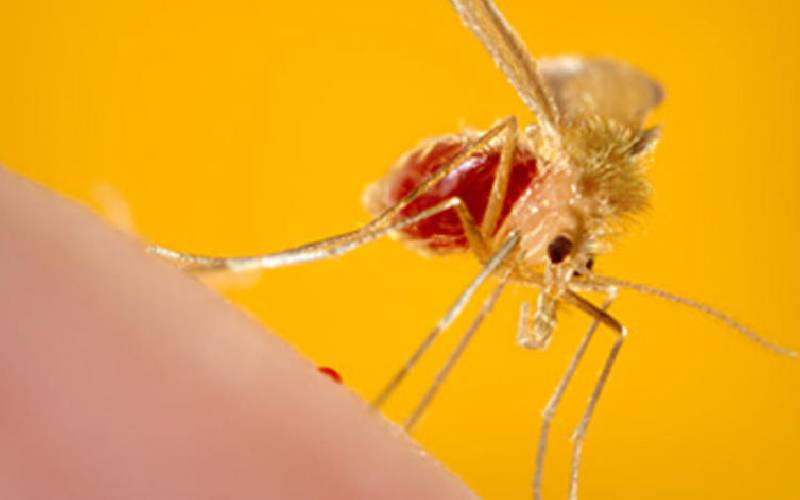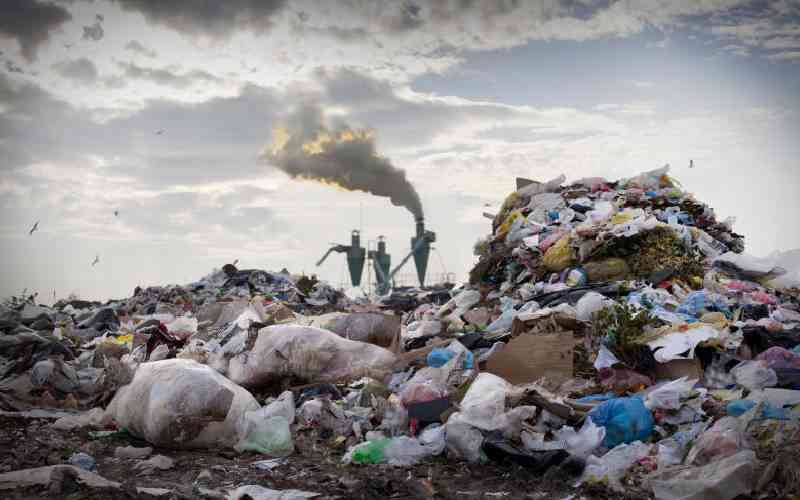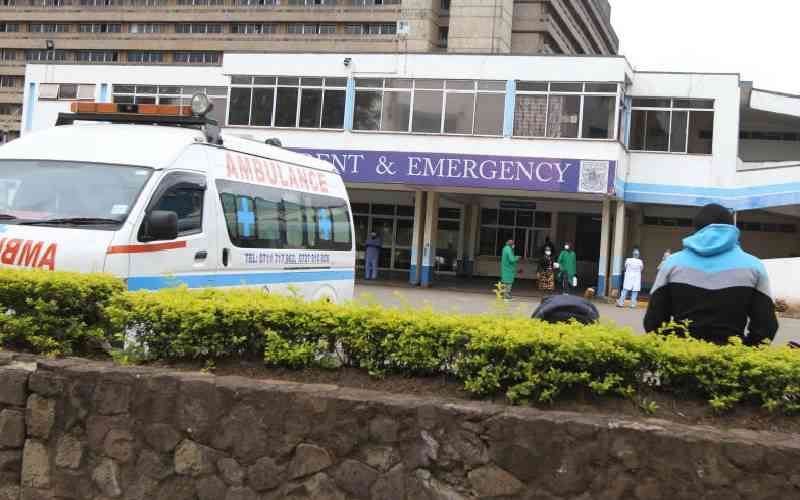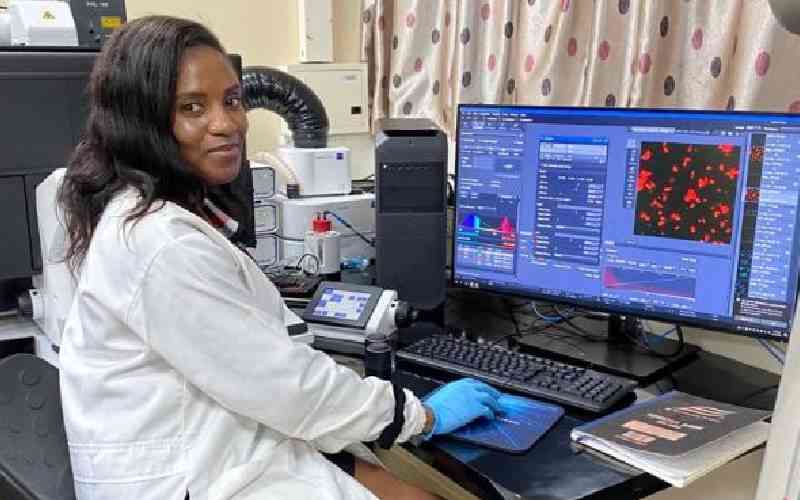
Even as Covid-19 vaccines appear as the most available way out of the pandemic, a 100-year-old treatment method might also be an alternative solution in view of dwindling vaccine supplies to meet demand.
Convalescent plasma therapy is the use of plasma from a patient who has recovered to treat another still battling a similar disease.
Plasma is the liquid part of your blood after removal of red blood cells, white blood cells, platelets and any other components of the blood.
The 90 per cent which is water contains other components that help in functions like blood clotting and fighting diseases.
Convalescent plasma therapy has been used before in the treatment of H1N1, Hepatitis B, Ebola and even SARS epidemic in 2003.
When your body is exposed to a foreign pathogen it reacts by producing antibodies, which are like an army that fights intruders. Once you recover, also known as convalesced, the antibodies (your army) stick around for a while within your plasma guarding you in case of a re-occurrence, but this army can only fight a similar disease. For example, Ebola antibodies cannot be used to fight SARS antibodies.
In 2014, during the West African Ebola outbreak, convalescent plasma treatment was used with impressive results.
World Health Organisation (WHO) published guidelines on the use of such a treatment method despite it being used in small scale capacity compared to a now large pandemic across the world.
“Patients who have recovered from Ebola virus disease and who have been discharged from Ebola treatment centres or units could be potential donors for convalescent whole blood or convalescent plasma from 28 days after their day of discharge,” reads part of the recommended guidelines from WHO.
According to Mercy Mwangangi, CAS Ministry of Health during one of the Covid-19 briefings, a study protocol was being developed by the government to allow health experts look into the use of convalescent plasma in treatment of Covid-19.
“Under this study, experts will be exploring the possibility of taking the blood of someone who has recovered from Covid-19 and trying to use it as medicine for those who have moderate condition,” said Mwangangi.
“We continue to conduct epidemiological research to be able to understand the patterns of this disease and how it spreads. We have a robust team that has been conducting epidemiological modelling and continues to collaborate with the Ministry of Health to inform us,” she added.
In US, the Food and Drug Administration announced the initiative to collect convalescent plasma in April 2020 and so far over 60 trials have been conducted to determine its effectiveness on Covid-19 patients.
According to New York Times, the clinical director at the National Institute of Allergy and Infectious Diseases, H Clifford Lane, more data will be reviewed but as it is the authorisation is on hold.
Mayo clinic in the US has been running the convalescent programme on more than 35,000 Covid-19 patients, majority being on ventilators and ICU. The clinic suggests that plasma administered within three days of diagnosis reduces mortality rates.
Lower death rate
“When calculated a month after the infusions, the death rate of patients who received plasma within three days of diagnosis was lower (21.6 per cent) than it was for those who received plasma later (26.7 per cent).”
However, the study lacks a control group where patients are given a placebo to compare with those given plasma providing a challenge when it comes to assessment by the scientists since it is not clear how realistic treating patients within three days of diagnosis would be given the limited supply of plasma.
The process of donating plasma is similar to how you donate blood.
A phlebotomist inserts a needle into an arm vein and your blood is drawn to a machine that separates plasma from the blood. The blood drawn is returned to your body with a saline solution through the needle on your arm while plasma is collected in a different bag.
According to FDA, in order to qualify as a donor, you must have been symptomatic but free of Covid-19 for at least 14 days with a negative Covid-19 test.
Almost a year down the line there are varying opinions on how effective the method is. Enthusiasm that was there around August 2020 has faded over time. The largest setback happened after testing the use of convalescent plasma in high-risk patients who came to an emergency room with mild to moderate Covid-19 symptoms.
Researchers concluded that there was no harm caused to the patients, but they were unlikely to bring any benefit.
 The Standard Group Plc is a multi-media organization with investments in media platforms spanning newspaper print
operations, television, radio broadcasting, digital and online services. The Standard Group is recognized as a
leading multi-media house in Kenya with a key influence in matters of national and international interest.
The Standard Group Plc is a multi-media organization with investments in media platforms spanning newspaper print
operations, television, radio broadcasting, digital and online services. The Standard Group is recognized as a
leading multi-media house in Kenya with a key influence in matters of national and international interest.











